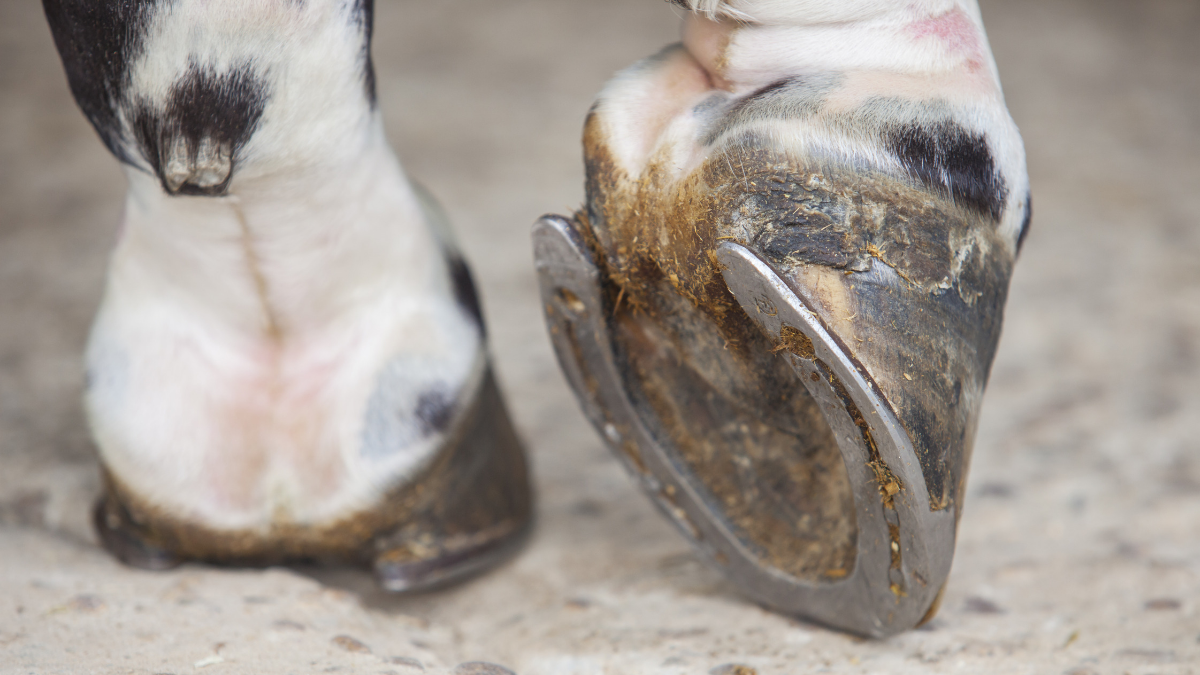Degenerative joint disease in dogs
Like us, our dogs are now living longer than ever, thanks to advances in veterinary medicine, nutrition and overall care. However, this longevity comes at a price, as it only increases the chances for your canine companion to develop a common form of arthritis known as degenerative joint disease (DJD) or osteoarthritis.
What is DJD and why do dogs get it?
Again, much like we humans, our pets’ joint tissues often begin to deteriorate with age. This process is commonly gradual and affects the smooth layer of cartilage known as articular cartilage that is found at the ends of bones in one or more joints. Articular cartilage plays a key role in reducing friction within joints and allowing them to move smoothly. The breakdown of this protective cushion often leads to pain, inflammation and a decreased range of motion. While any joint can be affected, DJD often compromises a dog’s lower back and limbs.
Of course, some dogs are at an increased risk for developing this ailment, including large or giant breeds, due to their general size and weight placing more mechanical stress on their joints, as well as those who compete in high-impact sports, such as agility, dock diving or flyball. Poor nutrition, conformation and genetics are other potential factors. DJD can also develop as the result of a bone or joint injury or in connection to the stress of extra weight on joints in overweight or obese dogs. This is just one more reason why it is vitally important to keep your dog at a healthy body weight at all stages of life.
What are some signs of canine osteoarthritis?
A lasting vestige of their wild origins, dogs often instinctively hide their pain until it becomes severe, as showing signs of weakness would have made their ancestors vulnerable to potential predation. An obviously lame dog may be in potentially serious pain, which could be a sign that the DJD has reached an advanced stage. It is, therefore, especially important to monitor aging canines and those with a possible predisposition for subtle early warning signs, such as:
- Stiffness — often noticeable as your dog moves from a lying to standing position
- Lethargy — you may suddenly realize that your dog is sleeping a lot more than usual
- Irritability, especially in response to being touched in certain areas
- Inability or reluctance to jump into the car or onto furniture
- Hesitance or refusal to take stairs
- Decreased interest in activities such as walks or playtime
If you suspect that your dog might be suffering from arthritic pain, schedule an exam with your vet in order to obtain a definitive diagnosis and to formulate a plan for treatment.
What are the treatment and management recommendations?
Unfortunately, DJD is a progressive condition with no known cure. Treatment goals should include providing pain relief, fostering an improved quality of life and being as proactive as possible in delaying any further progression of this ailment. If you have a dog with arthritis, your vet may prescribe or recommend anti-inflammatory drugs, pain-relieving medications and/or joint supplements, which often contain glucosamine, methylsulfonylmethane (MSM), hyaluronic acid (HA) or chondroitin sulfate. For more advanced cases of this disease, an injectable, disease-modifying osteoarthritis drug (such as Adequan®) that has been designed to inhibit cartilage loss in a dog’s joints may be recommended. Alternative therapies — including acupuncture, laser therapy, aqua therapy, chiropractic adjustment and massage for dogs with arthritis — are also an option and may be used in conjunction with medication. In more severe cases, surgery to remove damaged joint tissue or to replace the joint entirely may be required.
Weight control is by far the most critical aspect of managing DJD. At an ideal body weight, you should be able to feel your dog’s ribs easily but not see them, and you should be able to see a visible waist when looking at your dog from above and a tucked-up belly when viewing your dog from the side. If you suspect that your dog needs to lose some weight, consult with your veterinarian about putting together a diet plan.
You may also find it best to modify your dog’s activity levels, perhaps retiring from high-impact events like agility or flyball and replacing them with more controlled activities, such as regular on-leash walks. It is important to keep your dog moving, even if it’s at a slower pace than what you both might be used to, as consistent low-impact exercise serves to maintain the tone of muscles that promote joint stability and helps to combat overall stiffness.
You may want to place an orthopedic dog bed or two around the house (away from cold or damp areas) to help alleviate joint pressure as your pet rests. You may also provide carpeted steps or a ramp to help your pet get up onto or down from higher resting spots, such as the bed or couch. Many owners might also wish to place additional non-skid runner rugs throughout the home to help their arthritic dogs navigate slippery footing more easily.
Fortunately, dogs often live comfortably for years following a DJD diagnosis, so long as proactive steps are taken to manage this condition.
I want to learn more about pet health and nutrition.
- Read more about Degenerative joint disease in dogs
- Log in to post comments

<script charset="utf-8" type="text/javascript" src="//js.hsforms.net/forms/v2-legacy.js"></script>
<![endif]--><script charset="utf-8" type="text/javascript" src="//js.hsforms.net/forms/v2.js"></script><script>
hbspt.forms.create({
portalId: "745395",
formId: "34900c17-cf14-428b-8f57-9c397e8175da"
});
</script>
Many dogs are living well into their golden years these days, putting them at increased risk for a common form of arthritis known as degenerative joint disease (DJD) or osteoarthritis.





















